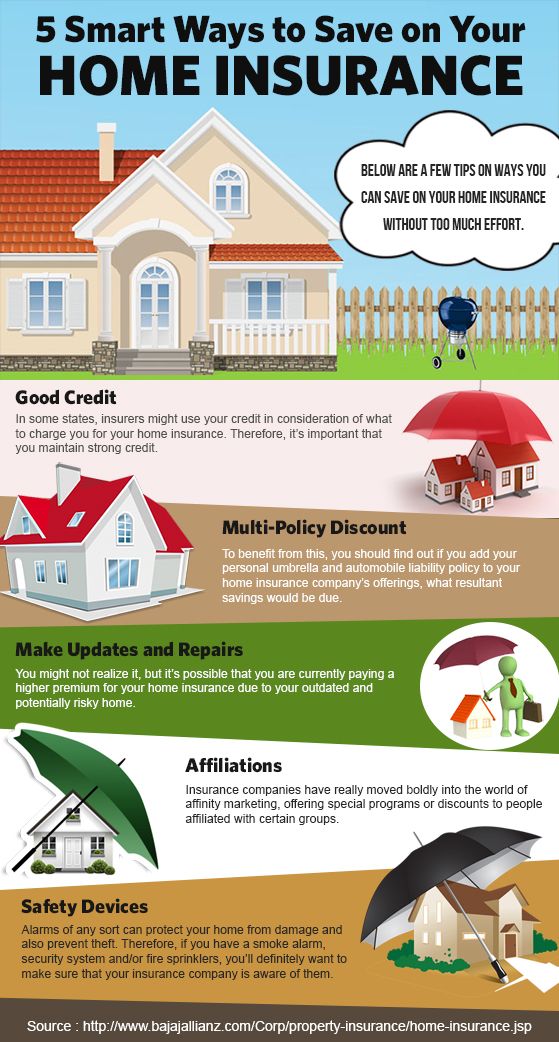Home insurance is a vital financial safety net for homeowners. It provides protection against unforeseen events that could cause significant damage to your home, personal property, or result in liability claims. With various coverage options and policies available, understanding the basics of home insurance can help you make informed decisions when protecting your home and finances.
What Is Home Insurance?
Home insurance, also known as homeowner's insurance, is a type of property insurance that covers losses and damages to an individual's house and assets within the home. It also provides liability coverage for accidents that occur on the property. Home insurance is not just a policy to protect your house but a comprehensive coverage plan that can include:
Dwelling Protection: This covers the structure of your home, including walls, roof, and other attached structures, against risks such as fire, theft, and natural disasters.
Personal Property Coverage: This protects your personal belongings, such as furniture, electronics, and clothing, from damage or loss due to events like theft, fire, or vandalism.
Liability Protection: This covers legal and medical expenses if someone is injured on your property and decides to sue you.
Additional Living Expenses (ALE): If your home is uninhabitable due to a covered loss, ALE helps cover the cost of temporary living arrangements, such as hotel stays or rent, until repairs are completed.

Types of Home Insurance Policies
Home insurance policies come in different types, each providing various levels of coverage. The most common types include:
HO-1 (Basic Form): This provides minimal coverage, protecting against specific named perils such as fire, theft, and vandalism. It is rarely offered due to its limited coverage.
HO-2 (Broad Form): This offers more extensive protection against a broader range of named perils, including windstorms, hail, and falling objects.
HO-3 (Special Form): This is the most common policy and provides coverage for your home against all perils, except those specifically excluded (such as earthquakes or floods). Personal property, however, is only covered against named perils.
HO-4 (Renter’s Insurance): Designed for tenants, this policy covers personal property and liability protection for renters.
HO-5 (Comprehensive Form): This offers the highest level of coverage, protecting both the dwelling and personal property against all risks except those explicitly excluded.
HO-6 (Condo Insurance): This covers the interior of a condominium unit and personal property, usually providing protection for the walls, floors, and ceilings.
HO-7 (Mobile Home Insurance): Specifically designed for mobile or manufactured homes, this policy provides coverage similar to an HO-3 policy but tailored for mobile homes.
HO-8 (Older Home Insurance): This is designed for older homes where the cost of replacement might exceed the market value of the home. It covers similar perils to an HO-3 policy but takes into account the home's age and value.
What Does Home Insurance Cover?
Home insurance typically covers damage to your property caused by the following perils:
Fire and smoke
Theft and vandalism
Windstorms and hail
Lightning strikes
Explosions
Falling objects (e.g., tree limbs)
Damage from vehicles or aircraft
Water damage (not including flood)
However, there are certain events that are usually not covered by standard home insurance policies:
Floods: You may need to purchase separate flood insurance if you live in a flood-prone area.
Earthquakes: Separate earthquake insurance can be purchased for protection against earthquake damage.
Wear and Tear: Damage from regular use or aging, such as roof leaks or plumbing issues, is typically not covered.
Neglect or Lack of Maintenance: Damage caused by failure to maintain the home is not covered.
Pests: Infestations from termites, rodents, or other pests are not covered.
Factors That Influence Home Insurance Costs
The cost of home insurance varies widely depending on several factors:
Location: Homes in areas prone to natural disasters, such as hurricanes or earthquakes, often have higher premiums. Crime rates in the area can also affect the cost.
Home Value and Size: The replacement cost of your home and the value of your personal belongings directly impact your premiums. Larger homes or homes with high-value contents will be more expensive to insure.
Deductible: The deductible is the amount you pay out of pocket before your insurance kicks in. Choosing a higher deductible can lower your premiums, but you'll need to cover more in the event of a claim.
Age and Condition of the Home: Older homes or homes with outdated systems (e.g., plumbing or electrical) may have higher premiums due to increased risk of damage.
Claims History: If you have a history of filing claims, especially multiple claims in a short period, your premiums may be higher.
Coverage Amount and Policy Features: The amount of coverage you select, as well as any additional coverage options (e.g., flood or earthquake insurance), will affect your premium.
How to Choose the Right Home Insurance
When choosing home insurance, consider the following steps:
Assess Your Coverage Needs: Evaluate the cost to rebuild your home and replace your personal belongings. Consider any special coverage needs for high-value items, such as jewelry or electronics.
Compare Policies: Shop around and compare policies from different insurance providers. Pay attention to coverage limits, exclusions, and premiums.
Check the Provider’s Reputation: Ensure that the insurance company has a good reputation for customer service and claims handling. Online reviews and ratings can provide insight into customer satisfaction.
Ask About Discounts: Many insurers offer discounts for bundling policies (e.g., home and auto insurance), installing safety features (e.g., smoke detectors, security systems), or being claim-free for a certain period.
Review the Policy Regularly: Your insurance needs may change over time. Review your policy annually to ensure you have adequate coverage and that you are not overpaying for unnecessary coverage.











